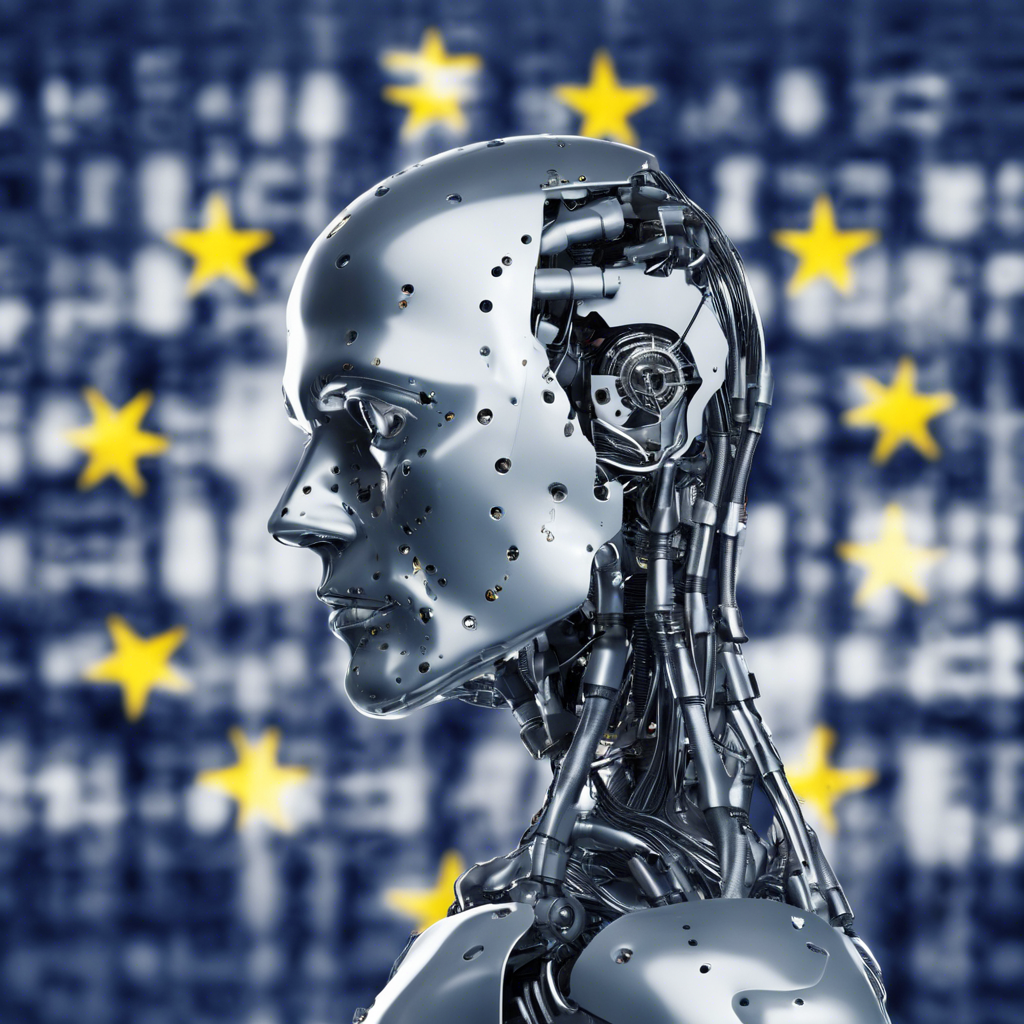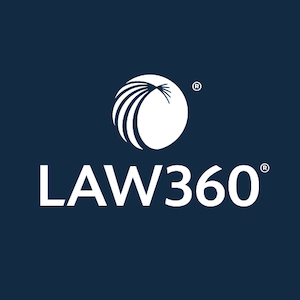Over 100 Companies Join EU AI Pact, But Meta and Apple Are Absent

The European Commission and the AI Pact
Introduction to the AI Pact
In a significant move to regulate artificial intelligence (AI), the European Commission has introduced the AI Pact, which has garnered over a hundred signatures from various organizations. These signatories have made a commitment to uphold the AI Act, which outlines Europe’s first legal regulations concerning AI technologies. Effectively managing and implementing the measures of the AI Act will pose challenges, and companies are urged to begin preparations well in advance of the official deadlines.
Understanding the AI Act
The AI Act is designed to ensure that AI technologies are used responsibly and safely across Europe. The Commission has opened the floor for companies to show their interest in contributing towards this initiative starting in November 2023. The aim is to enable businesses to begin adapting to the requirements of the AI Act even before it becomes officially enforceable.
Key Pillars of the AI Pact
The AI Pact operates on two main pillars:
1. Collaboration
The first pillar of the AI Pact emphasizes collaboration among companies. By sharing insights, resources, and best practices, organizations can mitigate risks associated with AI development. To facilitate this sharing, an online platform will be established. This will serve as a resource for businesses to exchange ideas on successfully implementing AI technologies.
2. Compliance
The second pillar focuses on compliance. Companies are encouraged to proactively share their implemented practices with each other. This exchange is aimed at aligning efforts towards achieving transparency and meeting high-risk criteria, particularly for developers and vendors of AI systems. Clear commitments, including specific actions and timelines for compliance, will be recorded.
Building Trust in AI Technologies
A primary goal of the AI Pact is to develop a trust-based approach to AI technologies. Signatories are called upon to:
- Establish a governance strategy for AI use.
- Identify and map "high-risk" AI systems.
- Share knowledge about AI among their staff and stakeholders.
In addition, a substantial number of signatories are taking further steps to enhance their commitments. These include measures to ensure human oversight in AI applications, manage associated risks effectively, and transparently label AI-generated content.
Participant Landscape
Notably, while more than a hundred companies have signed the AI Pact, significant players like Meta, Apple, and Mistral have opted out. This absence raises questions about the potential influence and effectiveness of the AI standards being developed. Nonetheless, the European Commission has clarified that participation in the AI Pact is voluntary, yet crucial for shaping future activities related to AI regulation.
Among the supporters of the Pact, Google, Microsoft, and OpenAI—the team behind popular AI models like ChatGPT—have taken steps to align with the objectives of the AI Act. Thomas Regnier, a spokesperson for the Commission, emphasized, “AI brings numerous benefits to society, but it also presents considerable risks. We encourage all corporations to engage in this initiative.”
Preparing for Future Compliance
It is pertinent to note that all companies will eventually need to adhere to the EU’s AI regulations once they come into effect. Organizations that proactively participate in the AI Pact may find the transition smoother as they will have already begun implementing measures to comply with the upcoming regulations.
With these initiatives, the European Commission aims to foster a safe and innovative environment for the advancement of artificial intelligence, ultimately balancing its benefits with the necessary protective measures against associated risks.






